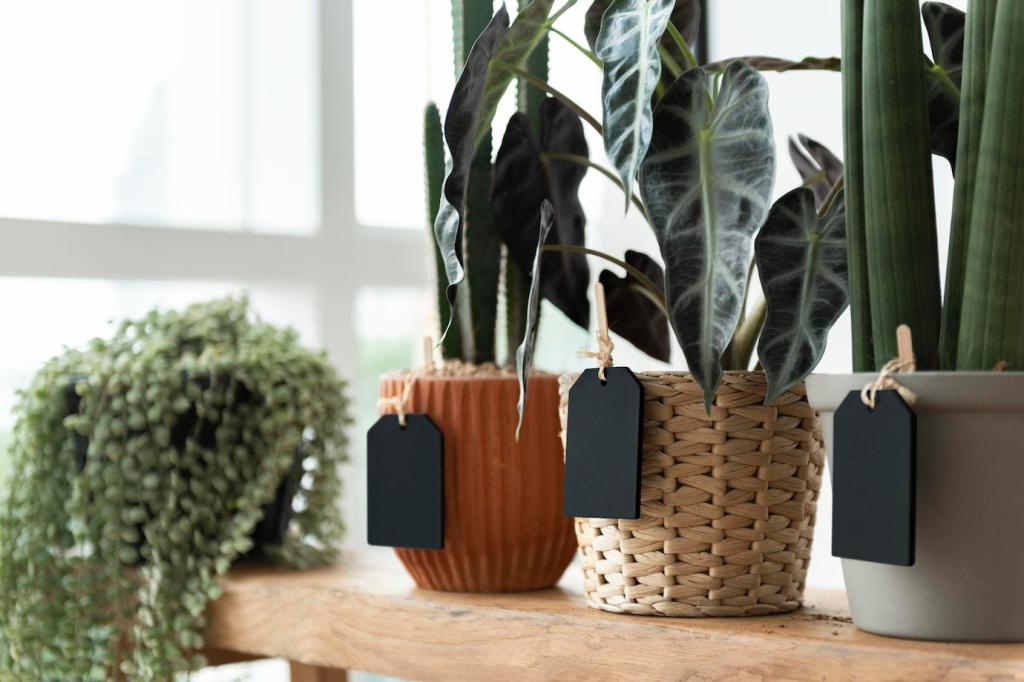
Recycled Textiles in Home Decor: Crafting Beauty with a Past
Chosen theme: Recycled Textiles in Home Decor. Welcome to a home page dedicated to turning cast-off fabrics into character-rich interiors. Explore ideas, stories, and step-by-step inspiration—and subscribe to keep fresh, sustainable creativity flowing into your inbox.
Impact That Feels Personal and Planet-Friendly
Millions of tons of textiles are discarded annually, yet a single cushion cover made from old shirts can save fabric from landfill and add soul to your space. Tell us your first upcycle success—we love spotlighting reader projects.
Character You Cannot Manufacture
A frayed selvedge, a faded patch, a stitch line from a previous life—these details narrate a home’s history. Share photos of your favorite fabric stories and join our newsletter for monthly inspiration rooted in authenticity.
Anecdote: Denim With a Second Act
When Maya turned her grandfather’s worn jeans into living-room cushions, guests asked about the subtle whiskers and softened indigo. Now those cushions spark conversations at every gathering. What heirloom fabric might you revive this season?
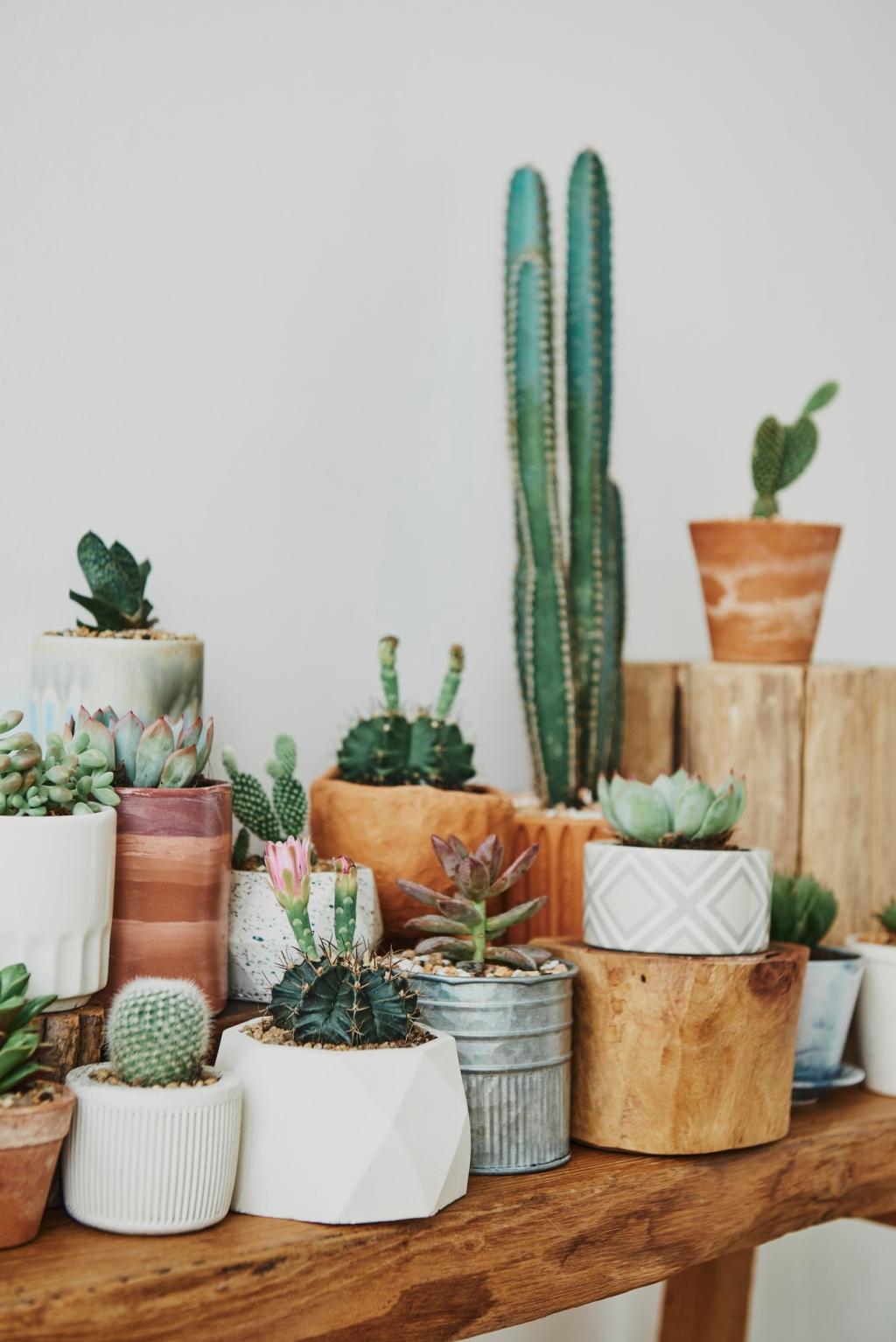
Scan linens, denim, and wool before anything else; they clean well and sew beautifully. Check hems and seams for hidden yardage. If you score sturdy cotton sheets, you’ve found perfect backing material for cushions, quilts, or Roman shades.

Host a fabric swap with friends: set rules about condition and fiber content, then trade pieces with stories attached. You’ll build community, gather unique textures, and keep textiles circulating instead of gathering dust or heading to landfill.
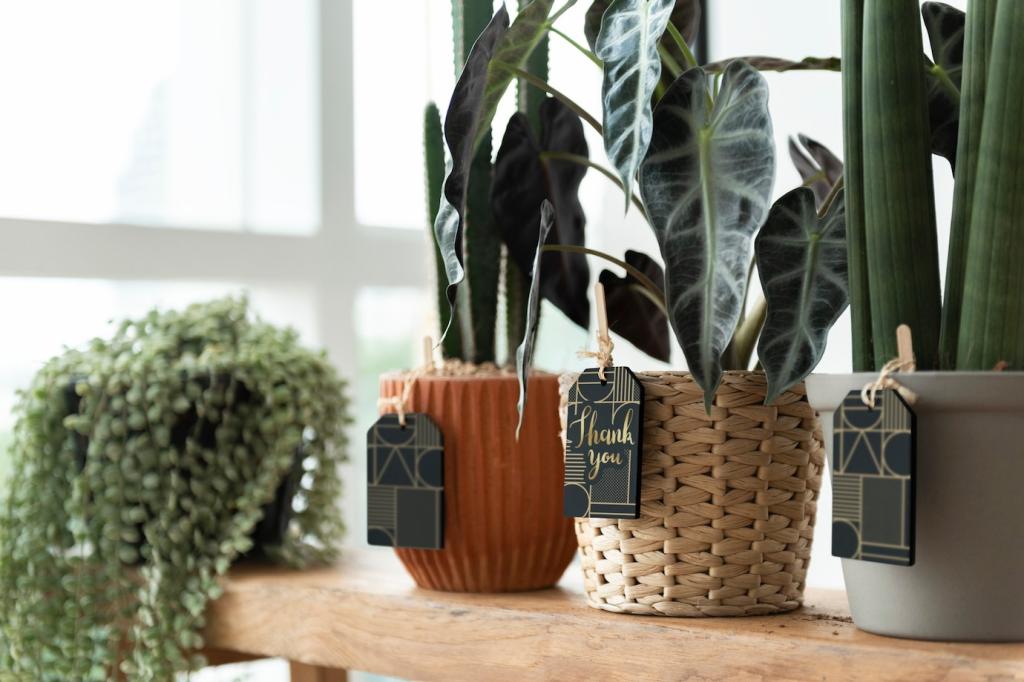
Fiber tags matter. Natural fibers usually breathe better and distress more gracefully; synthetics resist stains and stretching. Snip a tiny strand and burn-test outdoors for clues, then pre-wash to check dye fastness before cutting into your project.
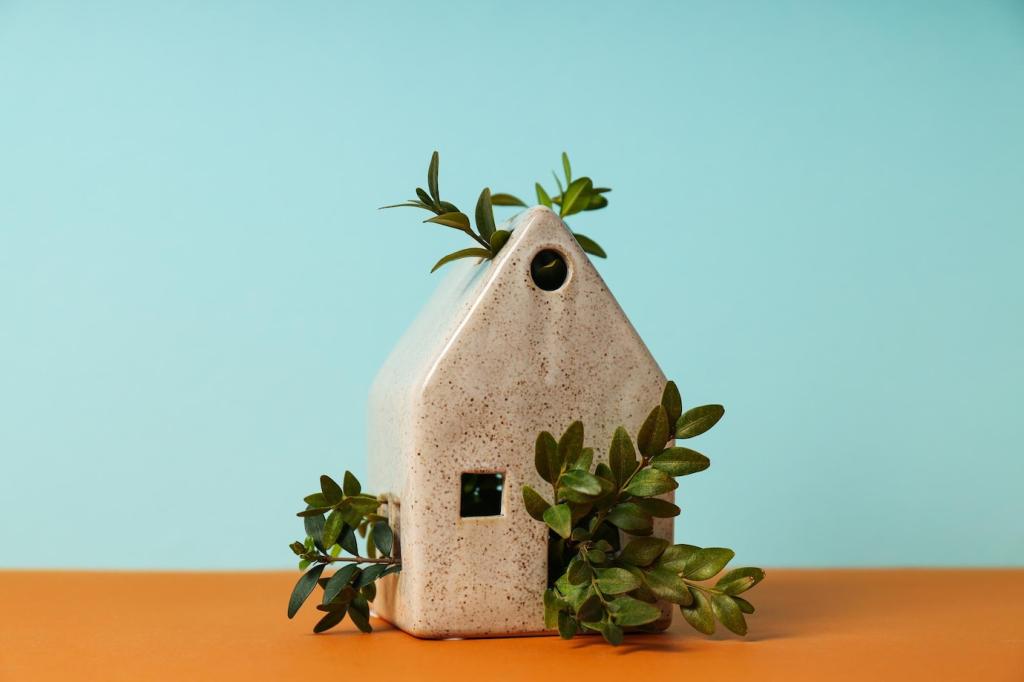
Design Styles That Love Recycled Textiles
Mix paisley scarves, embroidered napkins, and vintage suzani fragments for a collected vibe. Use tassels from retired throws as accents. Balance patterns with solid denim to ground the look. Comment with your best mix-and-match tip for newcomers.
Design Styles That Love Recycled Textiles
Choose soft neutrals—oatmeal linen, bleached cotton, sun-faded denim. Keep silhouettes clean: envelope cushion closures, straight-hem curtains. Texture becomes the ornament. Subscribe for our minimalist palette guide built entirely from reclaimed fabrics.
Pre-Wash Rituals and Dye Safety
Wash with gentle detergent, warm water, and color catchers, then dry fully before cutting. Rub a damp white cloth over suspect areas to test bleeding. This simple step saves sofas and carpets from accidental dye transfers.
Reinforcing Seams for Everyday Use
Use interfacing behind thin fabrics, double-stitch stress points, and bias-bind raw edges. Vintage linens thrive with French seams. Share your go-to reinforcement techniques, and we’ll include standout ideas in our monthly maintenance roundup.
Mending as a Design Feature
Visible mending—think bold sashiko or contrasting darns—extends life and adds graphic beauty. Keep a small repair kit near the living room so fixes happen fast. Send us before-and-after photos for community applause and helpful suggestions.
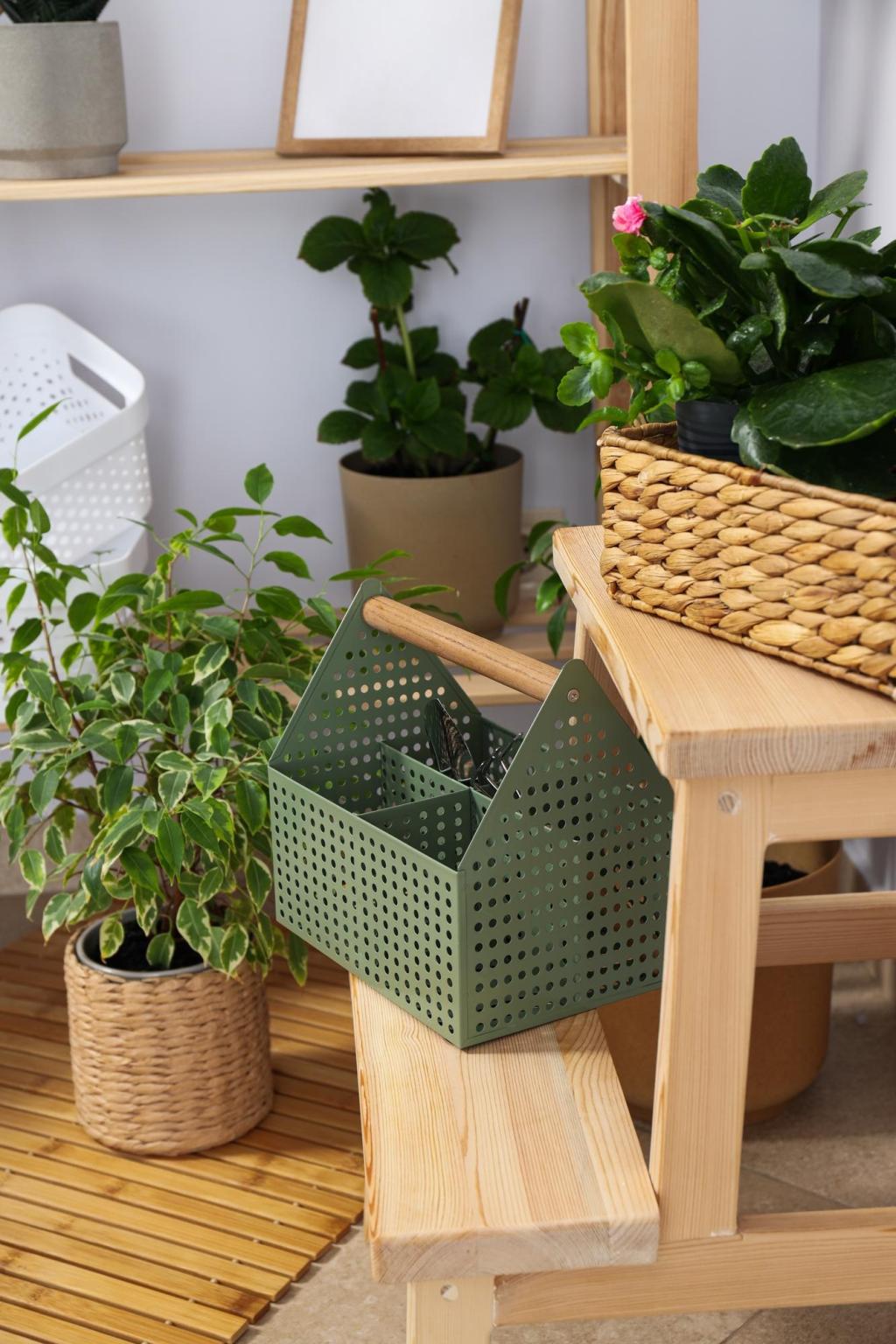
Storytelling Through Fabric
Combine baby clothes, graduation shirts, and travel textiles into one quilt. Stitch labels on the back with dates and places. Invite family to help arrange blocks, then share your layout with us for gentle feedback before final stitching.

Host a Neighborhood Mending Night
Invite neighbors, set up stations for patching and hand-stitching, and trade fabric scraps. New makers learn quickly when guided by experience. Send us your event recap, and we’ll feature standout tips to inspire more gatherings.
Join Our Recycled Decor Challenge
Post a before-and-after featuring at least one reclaimed fabric each month. Tag us and subscribe for prompts, tutorials, and prizes that celebrate creativity over consumption. Your project might spark someone else’s very first upcycle.
Plan for Textile End-of-Life
When a piece is finally beyond repair, remove zippers and buttons for reuse, then deliver fibers to local textile recycling points. Share regional resources in the comments so our directory grows more useful for everyone.
